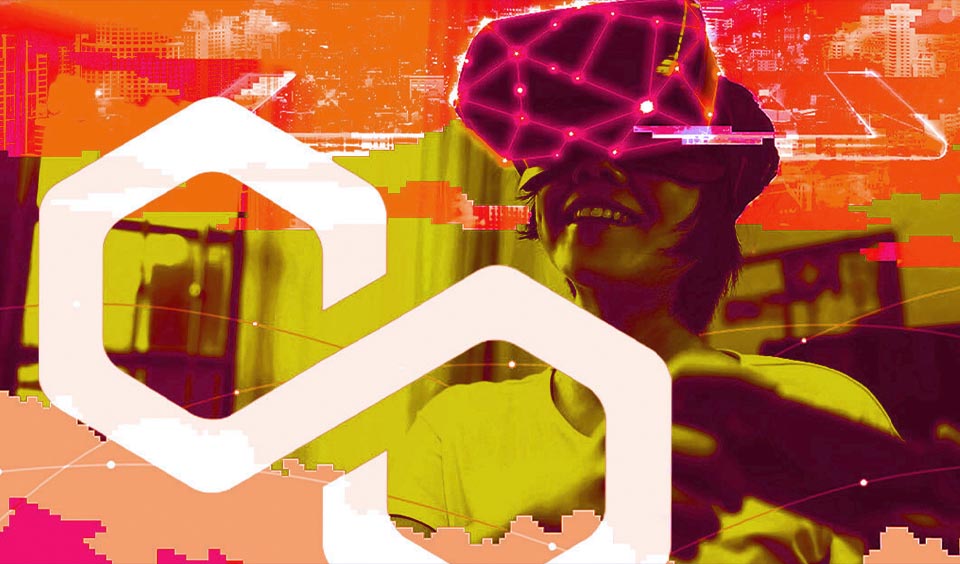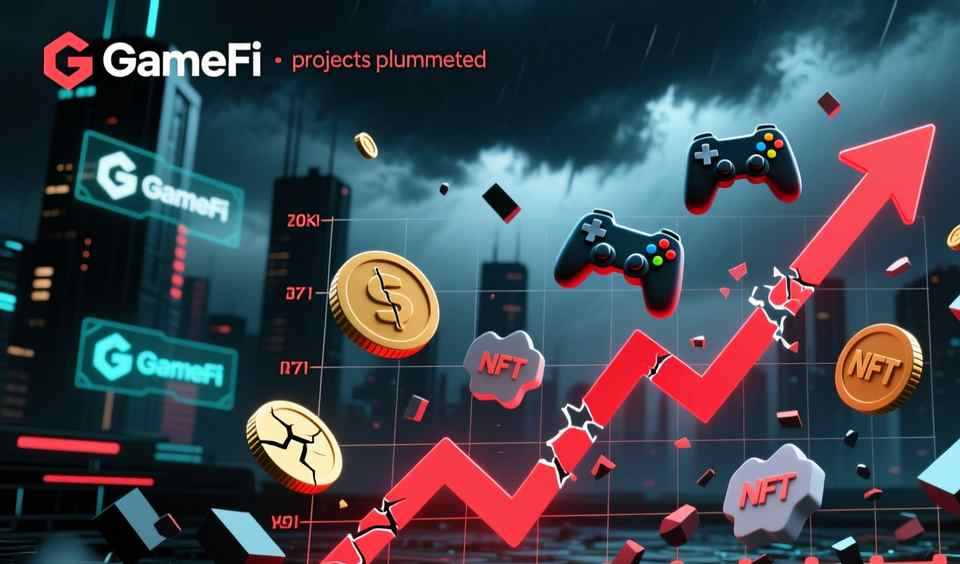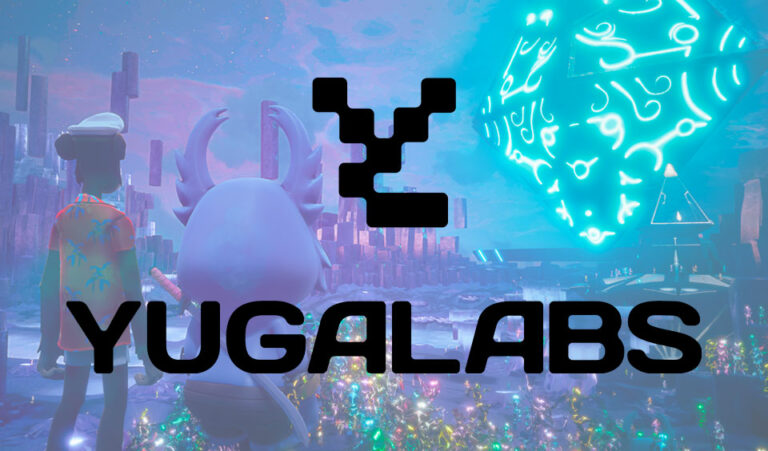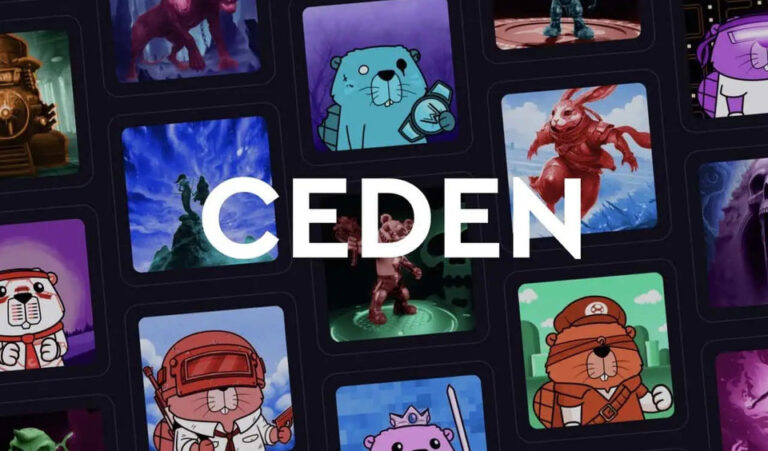According to the latest report from Game7, the Polygon ecosystem has become the home of the majority of Web3-based games today.
This surprising finding reveals the significant growth and consolidation of gaming within this particular blockchain ecosystem.
The report provides an in-depth look at the current landscape of games operating on the Polygon network.
This blockchain has emerged as a crucible for an impressive variety of games that take advantage of the capabilities and infrastructure that this ecosystem offers.
The flexibility and scalability that Polygon provides seems to have attracted a large number of game developers.
The @G7_DAO team pulled together massive data & accomplished a huge feat w/ the Game7 report.
The @Immutable x @0xPolygon tech stack continues to succeed, paving the way for the next generation of game development in the Immutable and Polygon ecosystems.https://t.co/I7QKd69MmU pic.twitter.com/pxV3VsCNia
— Polygon (@0xPolygon) November 14, 2023
One of the key reasons behind Polygon’s prominence in the Web3 gaming space is its ability to support a wide range of decentralized applications (dApps) and smart contracts.
Its L2 architecture has been instrumental in handling the complexities of blockchain-based games, offering fast and cheap transactions without sacrificing security.
The Integration Between Polygon and Game Developers Has Been a Crucial Factor in This Growth
The ease of use and familiarity with development tools on the Polygon network have made it more attractive to game creators looking to explore the potential of Web3.
The report also highlights that although Polygon is the primary host of the majority of Web3 games today, other blockchains have also played a prominent role in this space.

Networks like Immutable and Arbitrum have also attracted a significant number of games, showcasing a diverse and competitive ecosystem that is constantly evolving.
This shift towards Polygon as a focal point for blockchain-based game development indicates an exciting trend.
Furthermore, it suggests a promising future for the Web3 gaming industry, with continued innovation and growth of ecosystems that adapt to the needs and demands of developers and players.






